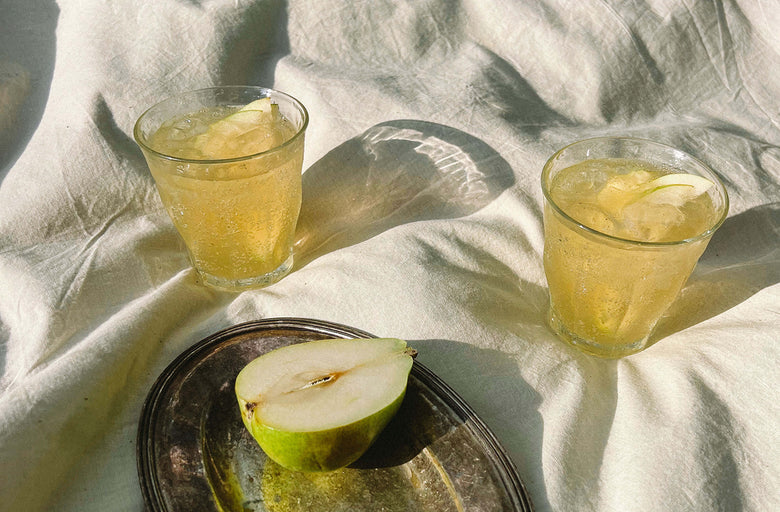We all know we’re not supposed to judge a book by its cover (very literal example: Elena Ferrante’s amazing Neapolitan Novels, plagued by unfortunate cover art). But all too often, this tidbit of kindergarten decorum flies out the window — at least when it comes to perusing the produce section.
If you’ve ever compared the tiny (yet super-flavorful) strawberries you get at your local farmer’s market to the humungous ones at your typical big-box grocery store, then you’ve seen how conventional produce is bred to look extra-tantalizing. But there’s an ugly truth behind the agriculture practices that make widely available produce so pristine—we’re talking GMOs, pesticides and chemical manipulation all designed to make mega-durable, homogenous, supersized, Technicolor fruits and veggies in the hopes of persuading consumers to buy, buy, buy. And it works: Show the average grocery shopper a smallish, slightly discolored apple and a huge, shiny, impossibly red one and guess which one she’ll choose.

The problem with judging produce by its appearance? For one thing, those good looks often come at the expense of taste and purity — bad news for your body. Plus, the rejection of so-called “ugly” produce by retailers, distributors and consumers spells trouble for Mama Earth. Last fall, the USDA gave us a bitter taste of reality: We waste 133 billion pounds of food every year, or one third of the food produced and purchased. We don’t even harvest food unless it's gorgeous, and we toss perfectly good produce into the trash because it wouldn’t survive the long journey so much food has to travel to reach its final retail destination. The EPA estimates the average American household chucks $1,600 worth of food into the bin annually. And when food waste inevitably builds up in landfills, it generates methane gas, which depletes the atmosphere and contributes to climate change.
But it seems the tides may finally be shifting in favor of less-than-picture-perfect produce. Recently, Walmart, Whole Foods, the grocery chain Giant Eagle and others made headlines when they started offering “ugly” produce—think lumpy potatoes, blemished apples and oddly-shaped oranges—at reduced prices. And Emeryville, CA-based startup Imperfect Produce culls castoff fruits and veggies that have been rejected by larger distributors for what it terms “minor cosmetic imperfections” like shape, color and size, selling it directly to consumers on a weekly basis, like a CSA. Besides, asymmetry, discoloration and other physical quirks are simply the result of natural factors like weather, soil and genetic variation. Nothing to fear!
So what can YOU do? Shop at farmer’s markets and organic groceries. Enjoy the fresh, seasonal, nutrient-rich (and often heirloom) veggies in your Sakara meals knowing they’ve earned their unique appearance through generations of natural adaptation to environmental conditions, even if they’ve gone a little wonky in the process. And the next time you’re food shopping, instead of passing over the humble, slightly lopsided produce in favor of those fruits and veggies that announce their beauty loudly, with glossy, plasticky glamour, choose the former. You might be surprised to discover something really special.
MORE SUSTAINABLE RECIPES + THOUGHTS:
NO-WASTE KITCHEN HACKS FROM THE SAKARA CHEFS






